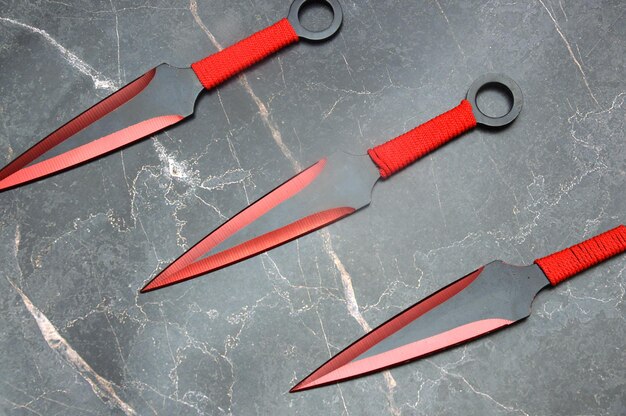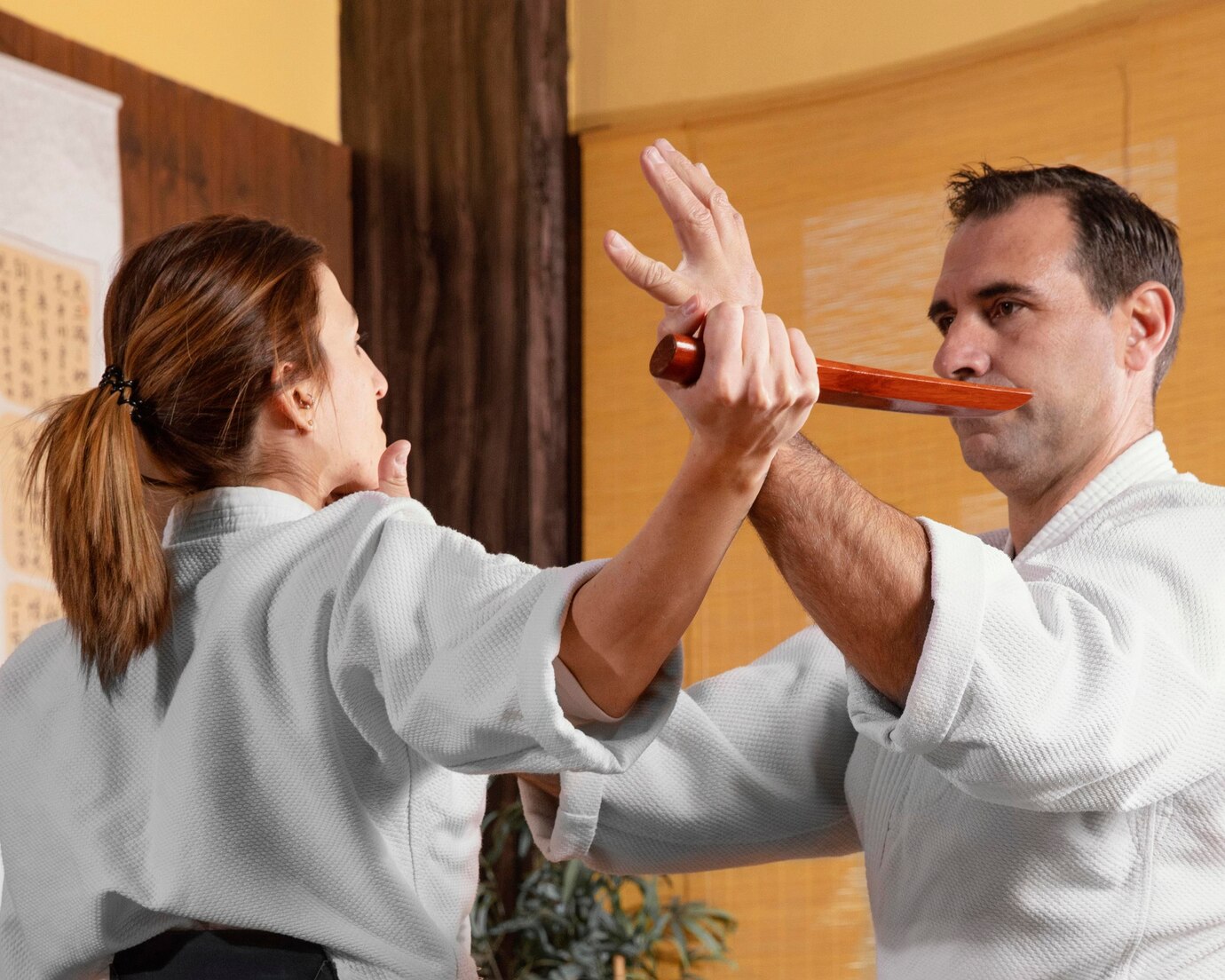Filipino martial arts (FMA) have become increasingly popular worldwide, thanks to their practical applications in self-defense, as well as their dynamic and comprehensive training methods. One of the key tools used in these martial arts is the training knife, a crucial instrument that helps practitioners develop their skills in blade combat. Among the various types of training knives, Silate training knives stand out as a valuable asset for both beginners and seasoned martial artists.
Silate, often referred to in the context of Filipino martial arts, is a term that’s closely associated with the practice of using training knives to simulate real combat scenarios. In this guide, we’ll explore the significance of Silate training knives, how they are used in FMA, and why they are essential for anyone serious about mastering Filipino martial arts.
What Are Silate Training Knives?
At the core of Filipino martial arts is the use of edged weapons, including knives, swords, and sticks. Silate training knives are specifically designed to replicate real-life knives but are made with safety in mind. These knives are typically crafted from materials like rubber, foam, or wood, and their purpose is to simulate the feel and weight of an actual blade without posing the risks that come with training with real knives.
The design of a Silate training knife often mimics traditional Filipino knives, which are used in various combat situations. Some Silate training knives are modeled after the Balisong (butterfly knife) or the Kris, a wavy-bladed knife. Others may reflect more modern or custom designs. The choice of materials and construction ensures that practitioners can train safely while gaining the experience necessary to use knives effectively in a combat setting.
Why Are Silate Training Knives Essential in Filipino Martial Arts?
Filipino martial arts place a significant emphasis on weaponry. The principles of Silate training knives mirror the same principles taught in stick or empty-hand training, but with an added focus on dealing with blades. Training with a Silate knife offers a way to safely learn the intricacies of knife defense, strikes, and counters, which are important skills for anyone training in FMA.
Safety First: Training with a Silate knife allows you to practice complex movements and techniques without the risk of injury that can come with using a real blade. Whether you’re learning to disarm an opponent or practicing attacking patterns, these knives provide a safe alternative.
Realistic Training: Even though the blades are not sharp, Silate training knives are designed to be as realistic as possible, allowing practitioners to experience the full range of movements and strategies required in blade combat. This includes the sensation of a knife in hand, the weight and balance of the blade, and the feedback from each move.
Improving Reflexes and Precision: Just like other weapons training in FMA, using Silate knives hones your reflexes and improves your ability to execute precise movements under pressure. Training with these knives builds muscle memory, making it easier to respond swiftly in real-world situations.
Understanding Knife Combatives: In FMA, understanding the principles of using knives in a combative situation is crucial. With Filipino training knives, practitioners can learn the fundamental angles of attack, blocking, and countering. These principles are often adapted from the training styles of Filipino martial arts grandmasters, ensuring that each movement and technique has practical use in a real-life confrontation.
How to Choose the Right Silate Training Knife
When it comes to selecting the right Silate training knife for your practice, there are a few factors to keep in mind. Different knives may be better suited for specific styles or training objectives. Here are some important things to consider:
Material: As mentioned earlier, Silate training knives are made from various materials such as rubber, foam, or wood. Each material has its benefits. Rubber and foam knives are ideal for beginners as they provide a soft impact but are durable enough for extended practice. Wooden knives, on the other hand, tend to offer more realism in terms of weight and handling.
Size and Weight: The size and weight of a Silate training knife should mimic that of a real blade. If you’re learning a specific type of Filipino knife technique, make sure the knife you choose is designed to match the size and weight of the weapon you’ll be training with in a real-world scenario.
Grip and Handling: A comfortable grip is essential when training with a Silate training knife. Some knives feature textured handles to ensure that the knife doesn’t slip out of your hand during drills. The shape of the handle can also influence your ability to perform certain techniques effectively, so consider this when selecting a knife.
Durability: As with any training tool, durability is important. Look for a Silate training knife that can withstand repeated use without breaking or losing its shape. A good-quality training knife will stand up to the rigors of regular training and provide consistent feedback during each drill.
How to Incorporate Silate Training Knives into Your Practice
To fully benefit from training with Silate training knives, it’s important to incorporate them into your regular FMA practice routine. Here are a few ways to do so:
Start Slow: As with any new skill, begin by practicing basic movements and techniques with the Silate knife. Work on familiarizing yourself with the angles of attack, the correct grip, and basic strikes. Once you’re comfortable, move on to more advanced drills.
Drills with a Partner: Practice with a partner to develop your timing and coordination. Set up drills that simulate different combat scenarios, such as defense against a knife attack or attacking with a knife. This will help you adapt to real-life situations where you may need to act quickly and decisively.
Speed and Accuracy: Focus on both speed and accuracy when training with Silate knives. The quicker and more accurately you can execute your techniques, the more effective you’ll be in a real-world self-defense situation.
Incorporate Knife Defenses: While much of the initial training focuses on using the knife offensively, it’s equally important to practice knife defense. Learn how to block and counter knife attacks effectively using your training knives to simulate an opponent’s movements.
Conclusion
Silate training knives are a fundamental tool for anyone looking to develop proficiency in Filipino martial arts, especially when it comes to the use of knives in combat. Whether you’re a beginner or an advanced practitioner, incorporating these knives into your training can significantly enhance your skill set. With the right approach and consistent practice, you can master knife techniques and apply them in real-world self-defense situations. So, take the time to find the right Filipino training knife for your needs and make it an essential part of your martial arts training regimen.



